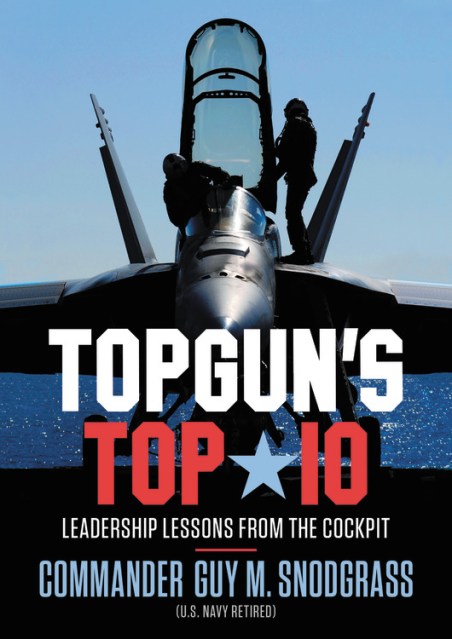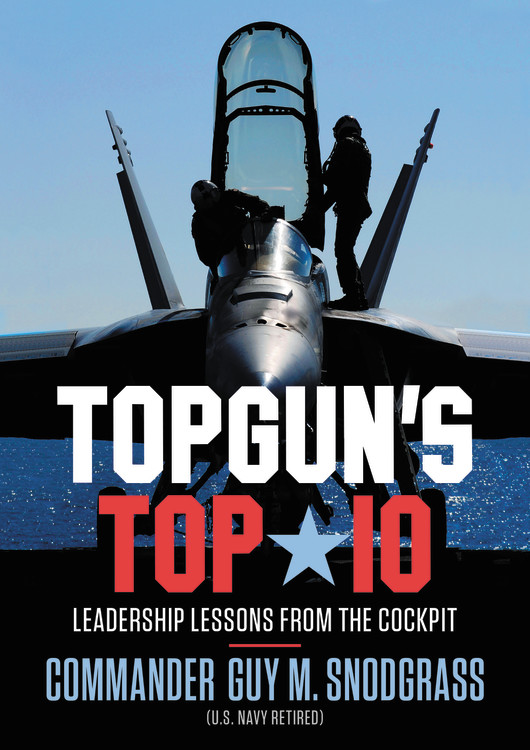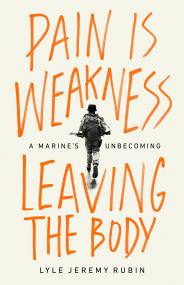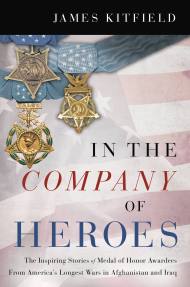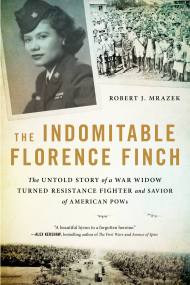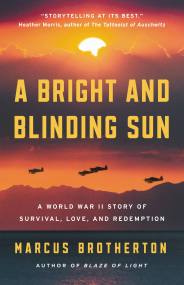Promotion
Use code MOM24 for 20% off site wide + free shipping over $45
TOPGUN'S TOP 10
Leadership Lessons from the Cockpit
Contributors
Formats and Prices
Price
$33.00Price
$42.00 CADFormat
Format:
- Hardcover $33.00 $42.00 CAD
- ebook $15.99 $20.99 CAD
- Audiobook Download (Unabridged)
This item is a preorder. Your payment method will be charged immediately, and the product is expected to ship on or around September 15, 2020. This date is subject to change due to shipping delays beyond our control.
Also available from:
Learn how to be a leader in your own life and career with expert advice from one of the Navy’s elite TOPGUN instructors.
During a twenty-year career in uniform, Guy Snodgrass became one of the most skilled fighter pilots in the U.S. Navy, commanding combat jets over some of the most dangerous war zones in the world — and he did it all using the lessons he learned at the Navy’s Fighter Weapons School (TOPGUN).
The real-life inspiration for the blockbuster films Top Gun and Top Gun: Maverick, the U.S. Navy Fighter Weapons School trains the top one percent of our nation’s fighter pilots. Over the course of twelve weeks, these pilots are drilled on aerial tactics, combat, and skills required to win in any organization. Ordinary people are transformed into world-class leaders. Pilots, like Commander Snodgrass, who remain on staff as TOPGUN instructors, are held to even higher and more demanding standards.
In TOPGUN’s Top 10, Commander Snodgrass distills some of the most important lessons he’s learned and taught over the course of his career into a taut, engaging book for readers of all ages and experience levels. It’s the perfect gift for anyone looking to change careers, excel in the workplace, or find their way in the world after college graduation. Smart, practical, and direct, Snodgrass’s account of real TOPGUN experience will inspire a new generation of leaders.
Genre:
-
"The lessons in this book are smart, focused, and applicable to all professions and careers. Guy's humor and wit make this a thoroughly enjoyable read. I'm giving a copy to every lawyer who joins our firm and to both my kids!"--Steve Cohen, Bestselling author and Founding Partner, Pollock Cohen LLP
-
"Bus is one of those gifted leaders who has the rare ability to help others see and realize their potential. This book is a practical guide to helping you lead with authenticity, passion and excellence. High leverage leadership lessons packed in a thoroughly delightful read. Highly recommended."-- Christopher Michel, Founder of Military.com and Affinity Labs; managing director of Nautilus Ventures; and member of the board of directors at Dale Carnegie
-
"When I received this book, I could not put it down. It is exactly what business leaders need today, as Snodgrass relates his experiences regarding trust, teamwork, and leadership to readers from all walks of life. Everyone should make the time to read this book."- Georges Kern, Breitling CEO
-
"TOPGUN turns aviators into aces. Commander Snodgrass applies lessons from the toughest of schools to leading any team to success - in war, in business, in life. A vital manual for any career, from training through your last "command."-- Ali Wambold, Managing Director and Founder of Corporate Partners & Co. and the former CEO of Lazard Alternative Investments
-
"In his classic novel of the Korean War, "The Bridges at Toko Ri," author James A. Michener marvels at the heroism of naval aviators and asks, "Where do we find such men as these?" Now, Guy Snodgrass shows you, and explains what separates today's TOPGUN aviators from the wannabes in a series of practical chapters that you can put into action in your own life."-- Bill Butler, Former Chairman and Creative Director, Perkins/Butler
-
"Guy's leadership lessons mirror many of my experiences as a female fighter pilot: the importance of perseverance, willingness to stay the course despite seemingly overwhelming odds, and the significance of building trusted relationships. This is a "must read" for anyone looking to expand their own horizons and achieve their fullest potential."-- Amy McGrath, U.S. Senate candidate and former U.S. Marine Corps F/A-18 combat aviator
- On Sale
- Sep 15, 2020
- Page Count
- 192 pages
- Publisher
- Center Street
- ISBN-13
- 9781546059639
Newsletter Signup
By clicking ‘Sign Up,’ I acknowledge that I have read and agree to Hachette Book Group’s Privacy Policy and Terms of Use
